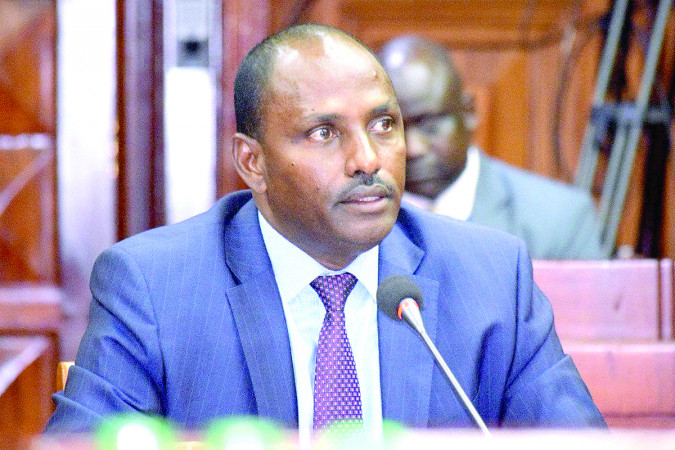State targets tax policy reforms to boost growth
By Noel.Wandera, September 9, 2022The National Treasury will this month kick-start a process to seek to change revenue collection strategies through policies that are expected to increase economic activity, income and wealth.
A circular from Cabinet Secretary Ukur Yatani said the steps to be taken will raise revenue to Gross Domestic Product (GDP) from the current 16.6 per cent to 25 per cent by 2030 and improve compliance to 90 per cent from the current 70 per cent in the period under review.
The domestic revenue mobilisation will also be achieved by aligning Kenya’s tax policy objectives including ease of doing business, trade policies and enhancing collaboration between the Government ministries, departments and agencies (MDAs), county governments, private sector, civil society and the general public.
“@KeTreasury is in the process of developing a national Medium-Term Revenue Strategy for FY 2023/24-2026/27. The circular invites proposals from Government MDAs and County Governments for the development of the strategy,” Yatani tweeted on the National Treasury timeline.
The strategy will be developed through a consultative process and will focus on enhancing tax compliance, broadening the tax base and improving tax administration.
Revenue strategy
“This circular is intended to invite proposals from the government MDAs and the County governments for the development of a Medium-Term Revenue Strategy (MTRS). Further, the circular provides timelines and milestones for the development of the MTRS,” said Yatani.
The circular was issued to all CSs, accounting officers, Principal Secretaries (PSs) and chief executives of state corporations and agencies. It starts on September 12, 2022, and ends with the preparation of a cabinet memorandum and approval by the National Treasury and Planning Cabinet Secretary on July 23, 2023.
The strategy has been mooted amidst declining National government tax revenue as a share of GDP since the financial year 2013/14, a situation that was worsened by the emergence of the Covid-19 pandemic, with the revenue performance for the FY 2019/20 and 2020/21.
According to Yatani, despite efforts to mobilise revenue, Kenya’s revenue yield is still below the desired East African Community (EAC) target of 25 per cent of GDP, with ordinary revenue as a percentage of GDP declining from a high of 18.2 per cent in FY 2013/14 to 15 per cent in FY2021/22.
According to Trading Economics global macro models and analysts’ expectations, Kenya’s GDP will reach $107 billion (Sh12 trillion) by the end of 2022.
A tax-to-GDP ratio of 15 per cent or higher ensures economic growth and thus, poverty reduction in the long-term, according to the World Bank.
Tax rates
“The MTRS is expected to address the declining revenue trends and entrench predictability of tax rates,” said Yatani add: “The two MTRS will be developed to cover the remaining period of the vision 2030.
The first MTRS covering FY2023-24 to FY2026-27, and the second MTRS covering FY2027-28 to FY2029-30,” he said. They will be spearheaded by the National Treasury, Kenya Revenue Authority and the office of the Attorney General.
MTRS has been used by various countries in the world to guide tax reforms toward boosting tax revenues and improving the efficiency of the tax system and tax administration.
They were introduced in the 2016 PCT report on Enhancing the Effectiveness of External Support in Building Tax Capacity in Developing Countries.
They have four key components namely tax system reforms, revenue mobilisation, coordinated capacity building and sustained political commitment.
Yatani said the MTRS will enable the government to have a clear view of the likely revenues for effective planning and enhance taxpayers’ certainty on the applicable taxes on their investment.
Yatani said a commitment to reforms over the medium term will enable the government to prioritise intermediate objectives, like increasing the number of taxpayers.
Kenya Revenue Authority has enhanced revenue mobilisation by broadening the tax base, combating tax evasion and using smart intelligence and risk-based compliance strategies.
